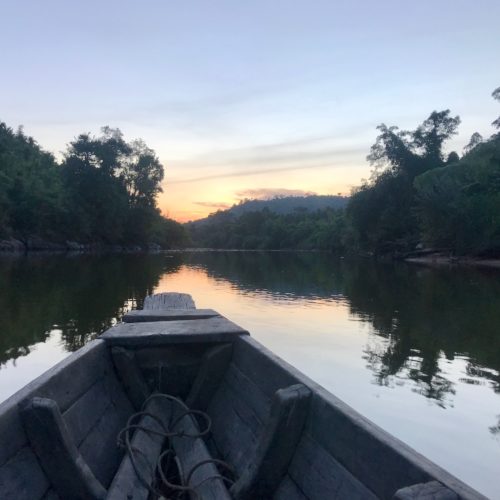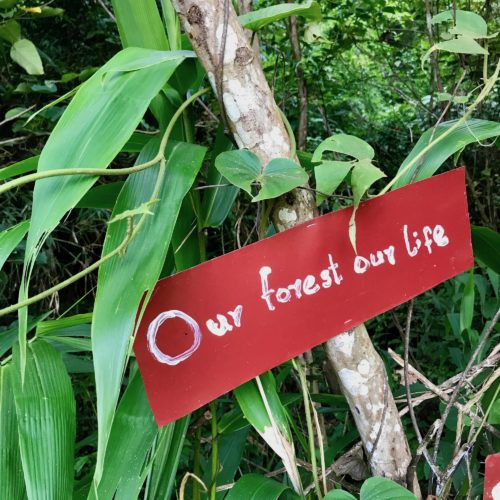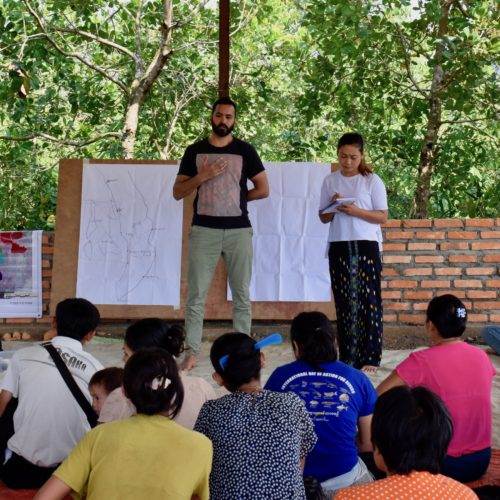Myanmar: Ridge to Reef Conservation Project
-
Overview
Communities in Myanmar’s Tanintharyi Region are taking action to ensure that conservation efforts in a conflict zone respect Indigenous rights, enable internally displaced communities and refugees to return to their land, and protect the fragile peace process in the region. We are supporting their call for UNDP, the Myanmar government, and other international conservation organizations to support an Indigenous Landscape of Life vision, rather than the current top-down approach to conservation.
Enduring Myanmar’s 70-year civil war, the rich biodiversity in South East Myanmar’s Tanintharyi Region now faces existential threats from the emergence of unsustainable palm-oil and rubber plantation development, illegal logging, a proposed industrial corridor, and over-exploitation of fisheries.
In response, Myanmar’s government and international conservation organizations are establishing Protected Areas to preserve the region’s ecosystems, including through the “Ridge to Reef Integrated Protected Area Land and Seascape Management Project.” The project covers over 1.4 million hectares of land, including national parks, lowland evergreen rainforests, mangroves in Myeik archipelago, and islands and marine systems, which are important resources to the communities in Tanintharyi.
While protecting the rich biodiversity in Tanintharyi Region is vitally important, communities have four main concerns about the Ridge to Reef project.
- First, the project is being developed with a top-down approach to conservation that puts Indigenous Karen communities, who have lived in and sustainably managed the area for generations, at risk and violates their right to free, prior, and informed consent (FPIC).
- In addition to threatening to cut off these communities from their livelihoods and way of life, the project also violates the right of return for refugees and internally displaced people who were forced from their land in the project area during the civil war.
- The project jeopardizes future peace prospects because the project’s decision making structure violates the ceasefire agreement that ended the armed conflict by excluding one of the groups required to jointly make decisions for the region.
- Finally, the project fails to recognize and support Indigenous, community-driven initiatives to protect territories, strengthen local institutions, and protect forests and resources in the project area.
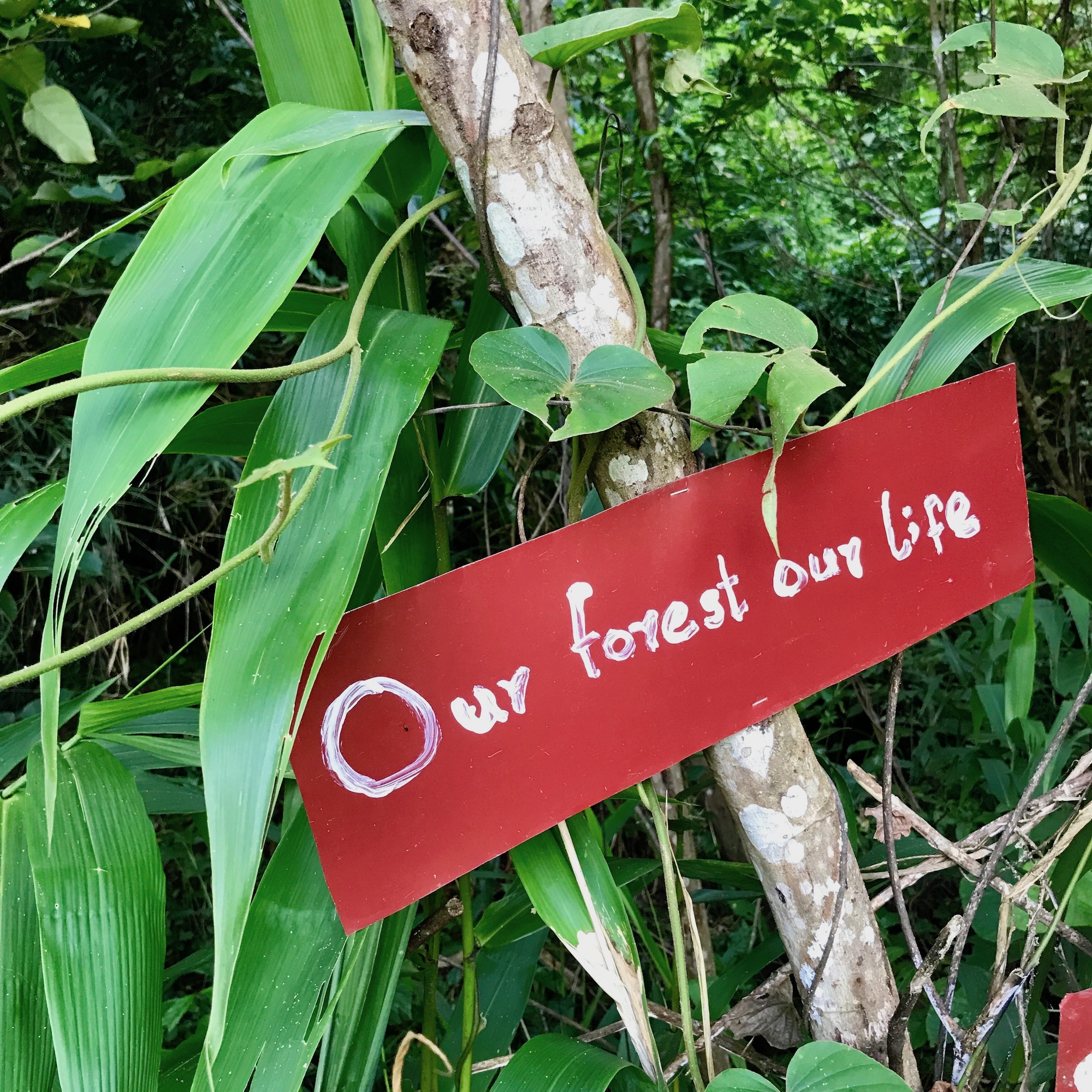
Communities affected by Ridge to Reef are taking action to ensure that
conservation efforts respect their rights.The US$21 million Ridge to Reef project is being implemented by the United Nations Development Programme (UNDP), partly through funds from the Global Environment Facility (GEF). Other project funders include Myanmar’s government, Fauna and Flora International, and the Smithsonian Institution.
Given the project’s severe risks, Conservation Alliance Tanawthari (CAT), a coalition of Karen community organizations working in the Tanintharyi region, is raising concerns about Ridge to Reef to UNDP. In August 2018, CAT submitted a complaint to the GEF, which referred it to the UNDP’s accountability office, on behalf of 612 community members, calling for the suspension of the Ridge to Reef project until a comprehensive FPIC process is carried out and guarantees are put in place for the safe and voluntary return of those displaced by civil war.
UNDP Myanmar suspended all activity relating to the Ridge to Reef project in August 2018, but has made some attempts to suppress community concerns and resume the project.
UNDP Social and Environmental Compliance Unit (SECU) determined in December 2018 that the complaint submitted by CAT is eligible for compliance review, and released the final Terms of Reference for a compliance investigation. In July 2019, SECU visited communities in the Tanintharyi Region as part of its investigation. See our joint press release with CAT to learn more (English; Burmese).
Accountability Counsel is supporting CAT to prevent harm from Ridge to Reef and advance community-led conservation in the Tanintharyi Region through the UNDP complaint process.
Read more about UNDP’s SECU and SRM.
“This project is being developed with a top-down approach to conservation that puts Indigenous Karen communities at risk. We are calling on the government and UNDP to recognize and respect the customary lands and conservation practices of Indigenous communities. Until these are recognized in full, this project should not go ahead,” Naw Ehhtee Wah, coordinator of CAT.
-
The Story
Southeast Myanmar’s Tanintharyi Region is home to rich biodiversity and unique lowland evergreen rainforests, mangroves, and marine ecosystems. These resources are of great livelihood, cultural, and spiritual importance to the Indigenous Karen communities who have lived in and managed these areas for generations.
This area has seen decades of armed conflict during Myanmar’s 70-year civil war, resulting in the displacement of nearly 80,000 people. Following the cessation of the fighting, the region is experiencing rapid change. Natural resources that were previously off-limits are now being threatened by the emergence of unsustainable palm-oil and rubber plantation development, illegal logging, a proposed industrial corridor, and over-exploitation of fisheries. At the same time, communities displaced by the conflict are beginning to return to their lands.
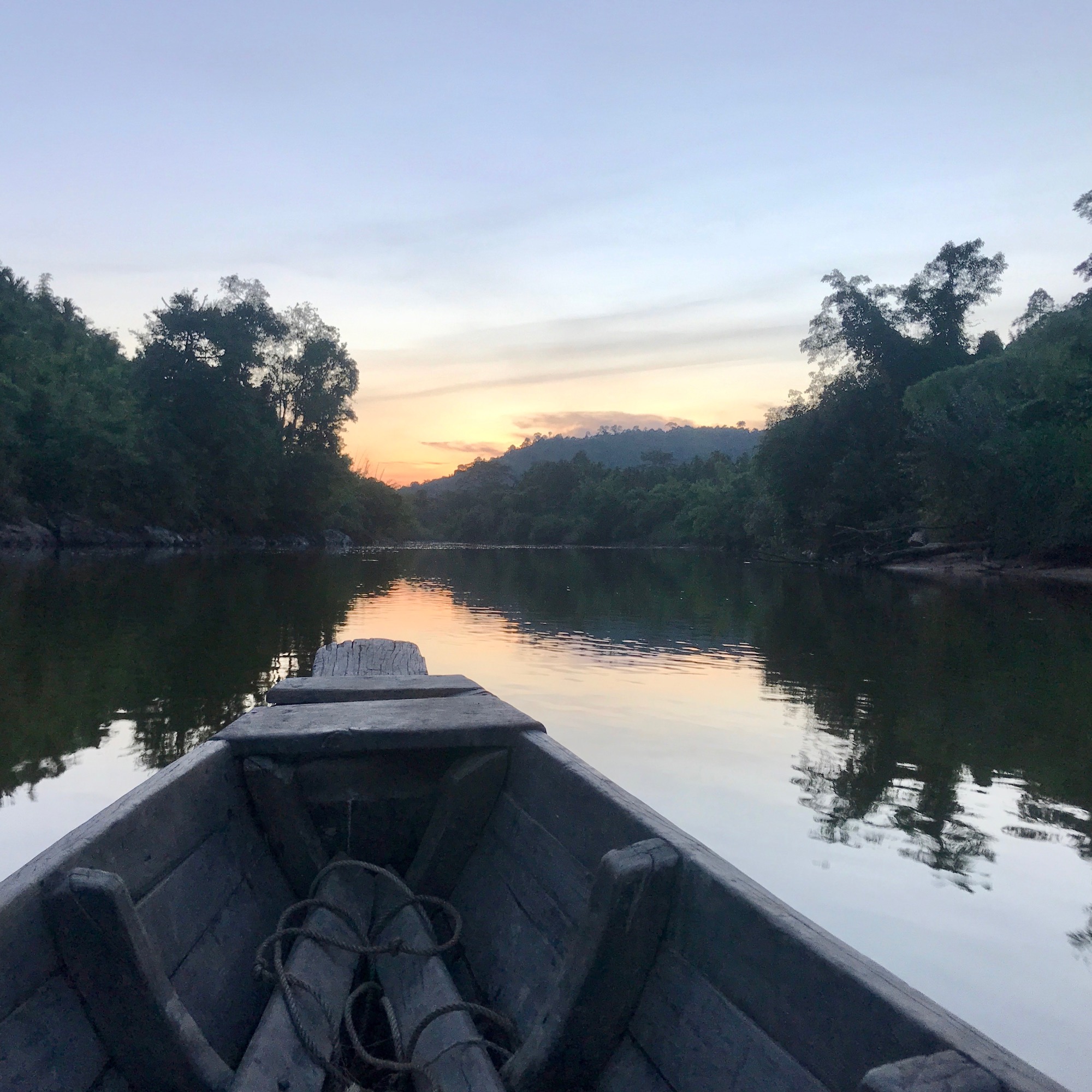
The Ridge to Reef project covers about one-third of the Tanintharyi Region. Communities
are concerned that the project ignores their rights and threatens peace prospects.Project Background
In response to these threats to biodiversity, the government and international conservation organizations are establishing government-proposed Protected Areas across the region, including through the “Ridge to Reef: Integrated Protected Area Land and Seascape Management Project.”
The project covers over 1.4 million hectares of land, including national parks, lowland evergreen rainforests, mangroves in Myeik archipelago, and islands and marine systems, which are important resources to the communities in Tanintharyi. In all, the project comprises about one-third of the Tanintharyi Region.
The US$21 million project is being implemented by the United Nations Development Programme (UNDP), with funds from the Global Environment Facility (GEF). Other project co-financiers include Myanmar’s government, Fauna and Flora International, and the Smithsonian Institution. Myanmar’s Ministry of Natural Resources and Environmental Conservation is the primary agency coordinating the project. The Ridge to Reef Protected Area has a planned duration of six years, from October 2017 until September 2023.
Community Concerns
Communities are concerned that the Ridge to Reef project is being developed with a top-down approach to conservation that fails to respect local communities’ rights and puts the fragile peace process in the region at risk. In particular, the project violates Indigenous Peoples’ right to free, prior, and informed consent (FPIC). Despite having significant impacts on the livelihoods and way of life of the Indigenous Karen communities who have lived in the area for generations, there has been no comprehensive FPIC process to date.
In addition, the Ridge to Reef project threatens to prevent Internally Displaced Persons (IDPs) and refugees who were forced to leave their land during the civil war from returning to their homes in the project area, violating their right of return.
The lack of adequate consideration to the conflict setting of the Tanintharyi Region is also of grave concern to local communities. The Tanintharyi Region is held under mixed administration between the Myanmar government and the Karen National Union (KNU). Under interim arrangements of the National Ceasefire Accords (NCA) agreed to by the Government of Myanmar and eight Ethnic Armed Organizations, including the KNU, governance decisions within mixed control areas must have the agreement of both administrations. As the KNU has indicated, this Project would break the terms of the NCA. The KNU has also warned against projects expanding government administration in jointly administered areas. Given the pressures on the peace process, local communities worry that the Ridge to Reef project would undermine future peace prospects in the area.
“We understand there are about 224 villages within the project area, including 73 Indigenous Karen villages. This project threatens the land and forest rights of thousands of Indigenous people, the rights of refugees and Internally Displaced Persons to return to their land in the project area, and may undermine peace and stability in the Region,” Saw San Ngwe, Director of Southern Youth, a member of Conservation Alliance Tanawthari (CAT).
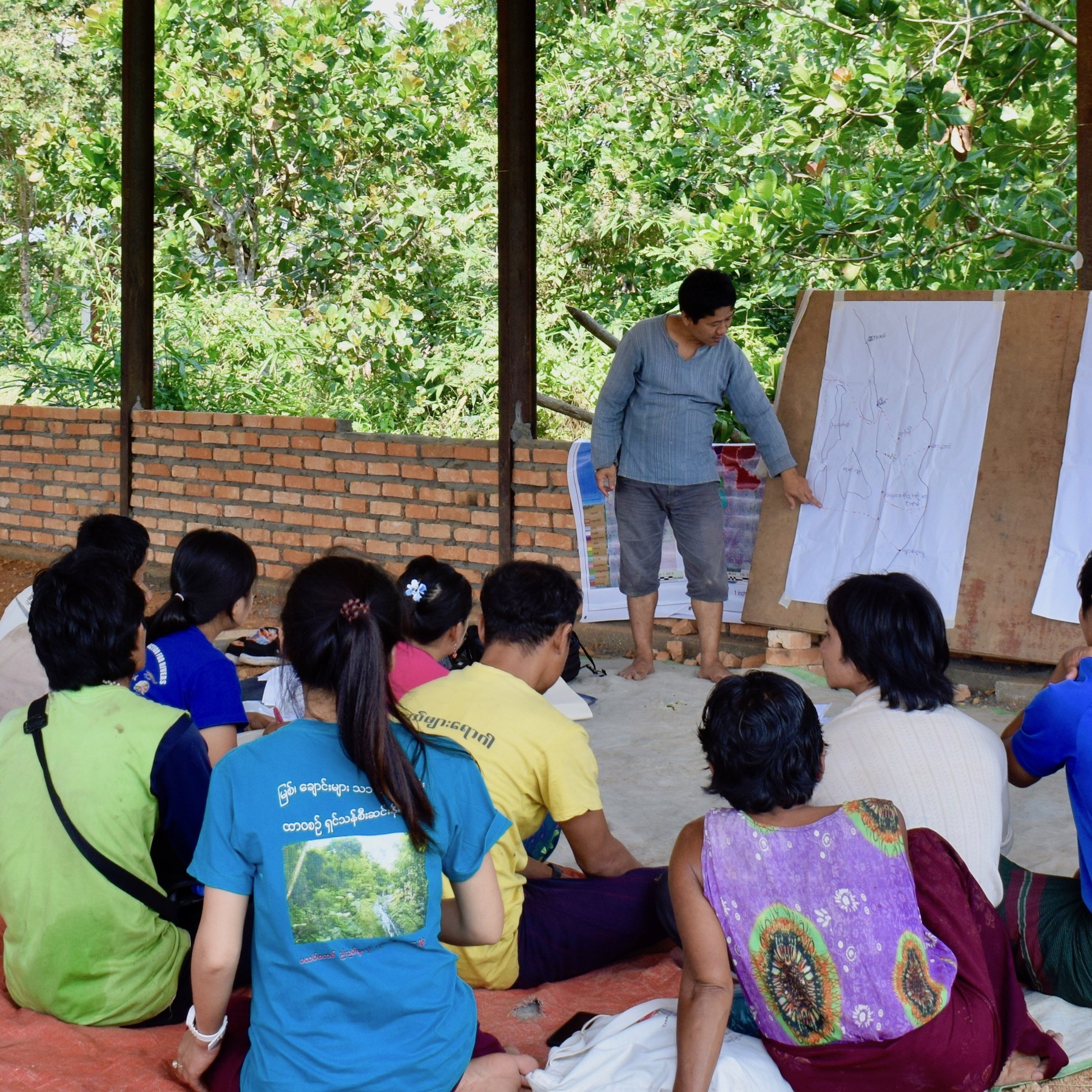
Communities are calling for suspension of Ridge to Reef until a comprehensive FPIC process
is carried out and guarantees are put in place for the return of those displaced by civil war.The Complaint
Given the severe risks posed by the project, Conservation Alliance Tanawthari (CAT) submitted a formal complaint in July 2018 to the Global Environment Facility (GEF) Conflict Resolution Commissioner, who facilitated direct contact with UNDP and its accountability mechanism. In August 2018, CAT decided to forward its GEF complaint to UNDP’s accountability office, with the signatures of 612 Indigenous individuals from villages in Lenya and Monorone areas.
The complaint details local communities’ concerns, including that the project:
- is violating the Indigenous communities’ right to FPIC;
will violate the rights of IDPs and refugees who were displaced by the civil war to return to their land in the project area; - threatens to violate the interim arrangements for governance decisions in mixed control areas under the National Ceasefire Accords;
- violates the UN Declaration on the Rights of Indigenous Peoples (UNDRIP) and the land and resource rights of Indigenous communities; and
- fails to recognize and support Indigenous, community-driven initiatives to protect territories, strengthen local institutions, and protect forests and resources in the project area.
The complaint calls for the suspension of the Ridge to Reef project until a comprehensive FPIC process is carried out and guarantees are put in place for the safe and voluntary return of those displaced by civil war.
CAT has first requested a compliance review investigation by the UNDP Social and Environmental Compliance Unit (SECU), followed by a dispute resolution process facilitated by the UNDP Stakeholder Response Mechanism (SRM) to re-design the project in a way that supports the conservation efforts Indigenous Karen communities have engaged in for centuries.
Responses So Far
UNDP Myanmar put activities relating to the Ridge to Reef project on hold indefinitely in August 2018. However, UNDP Myanmar has made some attempts to suppress community concerns and resume the project.
SECU determined in December 2018 that the complaint submitted by CAT is eligible for compliance review, and released the final Terms of Reference for a compliance investigation. In response to CAT’s comments, SECU issued an addendum to the final Terms of Reference, clarifying who SECU intends to interview throughout the course of its compliance review. In July 2019, SECU visited communities in the Tanintharyi Region as part of its investigation. See our joint press release with CAT to learn more (English; Burmese).
In 2018, CAT requested Accountability Counsel’s assistance as the communities engage in the UNDP complaint process. As the process moves forward, we are supporting CAT to prevent harm from Ridge to Reef and advance community-led conservation in the Tanintharyi Region.
In July 2019, SECU visited communities in the Tanintharyi Region as part of its investigation. SECU informed communities that they expect to release their final investigation report in early 2020. The report will include recommendations to the UNDP Administrator for how the project can remedy UNDP safeguards violations and respect Indigenous Peoples rights.
Case Partners
Conservation Alliance Tanawthari (CAT): a coalition of Karen community organizations working in the Tanintharyi Region, formed in 2014. CAT aims to promote conservation of biodiversity together with people, and protect the rights of Indigenous communities. Member organizations include:
- Tenasserim River & Indigenous People Networks (TRIP NET);
- Community Sustainable Livelihood and Development (CSLD);
- Tarkapaw Youth Group (TKP);
- Candle Light (CL);
- Southern Youth (SY); and
- Karen Environmental and Social Action Network (KESAN).
- is violating the Indigenous communities’ right to FPIC;
-
The Case
-
May 2020On the International Day of Biodiversity, CAT and Accountability Counsel released a joint press release calling on the government, GEF, and UNDP to abandon the destructive, top-down Ridge to Reef project. In its place, CAT launched an alternative Indigenous-led conservation plan, called Landscape of Life, that both protects the rich biodiversity of the Tanintharyi Region, and respects traditional peoples’ knowledge. The Burmese version of Landscape of Life is accessible here.
-
Apr 2020
SECU issued a public update noting that it had to postpone its second field-visit scheduled for February due to the COVID-19 outbreak, and that it is regularly assessing the feasibility of travel to Myanmar to complete the fact-gathering requirements outlined in the investigation’s Terms of Reference (TOR) at the earliest possible date. It noted that the purpose of the second mission is to meet with stakeholders including the complainant communities and their representatives, CAT, the Karen National Union (KNU), UNDP Staff, additional affected communities, and other experts.
-
Oct 2019
CAT submitted a letter and documents to SECU for the purposes of its investigation into the Ridge to Reef project, including on the background to the affected community and the political situation in Tanintharyi Region, the history and design of the project, the grievances and concerns of the local community, and the alternative vision of conservation for local Indigenous communities in Tanintharyi Region.
-
Jul 2019
-
Jul 2019
SECU issued an addendum to the final Terms of Reference, clarifying who SECU intends to interview throughout the course of its compliance review.
-
Jun 2019
SECU issued the final Terms of Reference for its investigation.
-
May 2019
CAT submitted a letter to SECU with comments on the Draft Terms of Reference for its investigation.
-
Apr 2019
SECU released Draft Terms of Reference for its investigation.
-
Feb 2019
CAT wrote a letter to SECU outlining attempts by UNDP Myanmar to suppress community concerns and resume the project. The letter advocated for continued project suspension and the need for a compliance investigation.
-
Dec 2018
UNDP Myanmar issued a response to SECU’s eligibility determination, clarifying that it temporarily suspended project activities after CAT’s complaint, and proposing to resume project activities under certain conditions.
-
Sep 2018
CAT confirmed to the compliance arm of UNDP’s accountability office, the Social and Environmental Compliance Unit (SECU), that it wished to pursue a compliance review process, and requested SECU invoke its powers to recommend that UNDP “enact temporary and pre-emptive measures, suspending financial disbursements pending completion of the compliance process due to imminent, significant and irreversible harm to communities.”
-
Aug 2018
CAT forwarded its GEF complaint to UNDP’s accountability office.
-
Jul 2018
Conservation Alliance Tanawthari (CAT) submitted a formal complaint to the Global Environment Facility (GEF) Conflict Resolution Commissioner who facilitated direct contact with UNDP and its accountability mechanism.
-
-
Impact
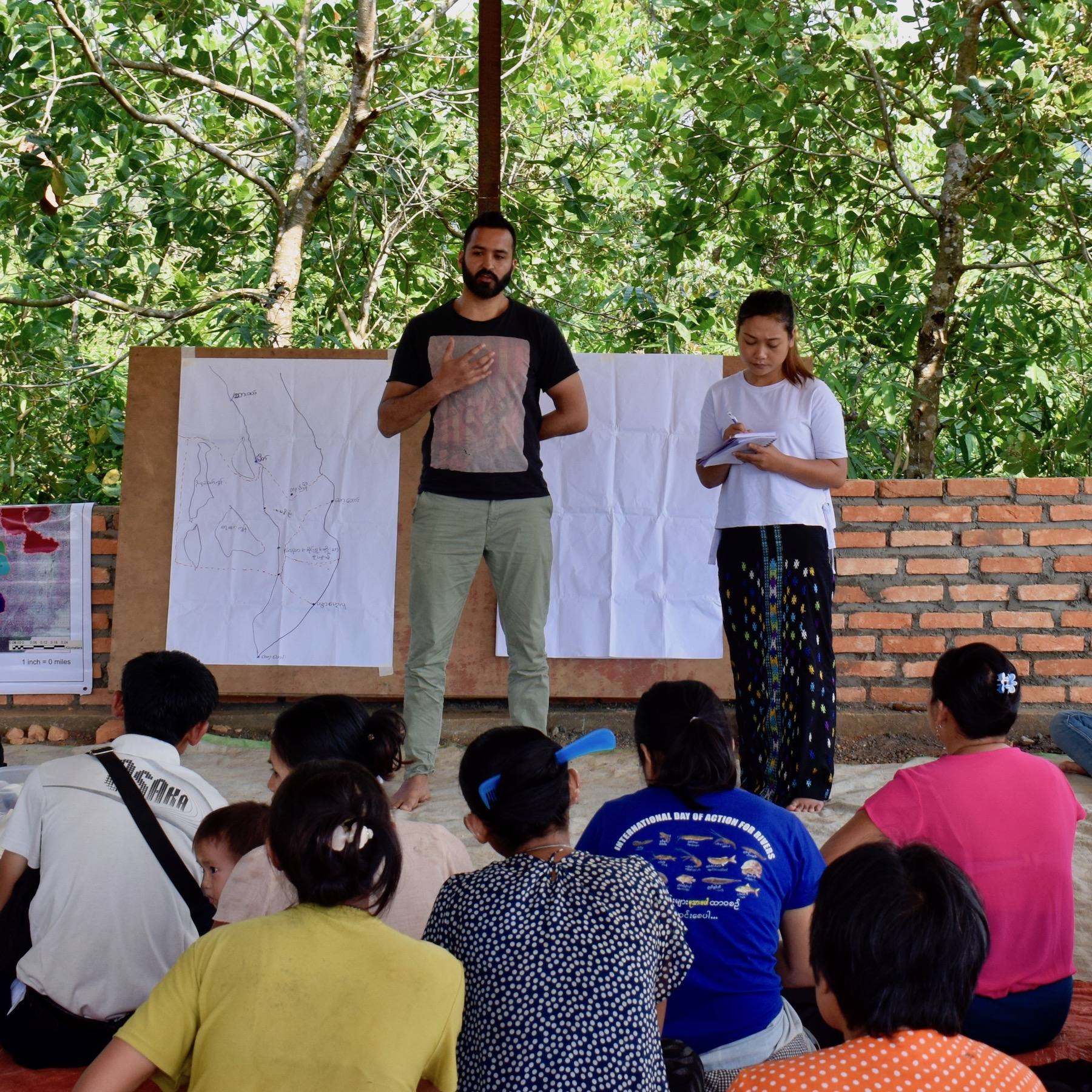 Accountability Counsel is providing technical expertise to CAT through the UNDP accountability office complaint process. To date, we have conducted trainings for CAT and support around the complaint process.
Accountability Counsel is providing technical expertise to CAT through the UNDP accountability office complaint process. To date, we have conducted trainings for CAT and support around the complaint process.To date, Accountability Counsel’s support to the complaint process has led to the community achieving agreement of UNDP Myanmar to suspend the project pending investigation of the complaint by UNDP’s Social and Environmental Compliance Unit.
We will continue supporting locally-determined goals for the case by advising CAT through the UNDP complaint process to prevent harm from the Ridge to Reef project and advance community-led conservation in the Tanintharyi Region.
-
Case Media
Explore the unique biodiversity and traditional way of life in Tanintharyi Region in CAT’s online photography exhibition.
Videos
Fact Sheets
Tanawthari Landscape of Life: A Grassroots Alternative to Top-Down Conservation in Tanintharyi Region – By Conservation Alliance Tanawthari (CAT) (2020)
Press Releases
Blog Posts
Op-Eds
- 9 April 2020 Lessons From Mutual Aid During the Coronavirus Crisis
- 20 August 2019 Indigenous Communities in Myanmar Take Action Against Top-Down Conservation By Anirudha Nagar, Accountability Counsel, in The Diplomat
Media Coverage
- 9 November 2020 Is the EIB too faulty to become the ‘EU Development Bank’? Counter Balance
- 2 September 2020 Myanmar’s indigenous people use ancestral customs to fight for land By The Star
- 18 August 2020 Indigenous activists clash with UN over proposed park By Victoria Milko, Associated Press
- 3 June 2020 Southern Myanmar’s indigenous groups say the UN should scrap $21 million conservation plan By Skylar Lindsay, ASEAN Today
- 27 May 2020 Campaigners in Myanmar’s Tanintharyi region oppose $21m conservation project By Daniel Quinlan, Mongabay
- 22 May 2020 Tanawthari Landscape of Life: Indigenous communities in Myanmar propose alternative to top-down conservation By Chris Lang, REDD-Monitor
- 21 May 2020 In Tanintharyi, an indigenous alternative to Big Conservation By Jack Jenkins Hill, Frontier Myanmar
- 9 August 2019 UN Team Meets Locals to Discuss Issues with Tanintharyi Conservation Project By Kyaw Soe Htet, Myanmar Times
- 2 November 2018 Displaced villagers in Myanmar at odds with UK charity over land conservation By Joshua Carroll, The Guardian
- 12 August 2018 Karen Community Groups Want Respect, Management Rights and Governance Over Ancestral Territories By Karen News
- 5 August 2018 Myanmar’s indigenous people fight ‘fortress’ conservation By Rina Chandran, Thomson Reuters Foundation
- 24 July 2018 Conservation must not “expand govt administration”, KNU warns By Thompson Chau, Myanmar Times
- 23 July 2018 Hein Line villagers worried by plan to save environment in Tanintharyi By Myat Moe Aung, Myanmar Times
- 21 February 2018 Tanintharyi locals say national park conservation plan threatening livelihoods By Su Myat Mon, Frontier Myanmar
- 21 February 2018 Myanmar parks could stop thousands of Karen refugees returning home By Jared Ferrie, Reuters
Photos


